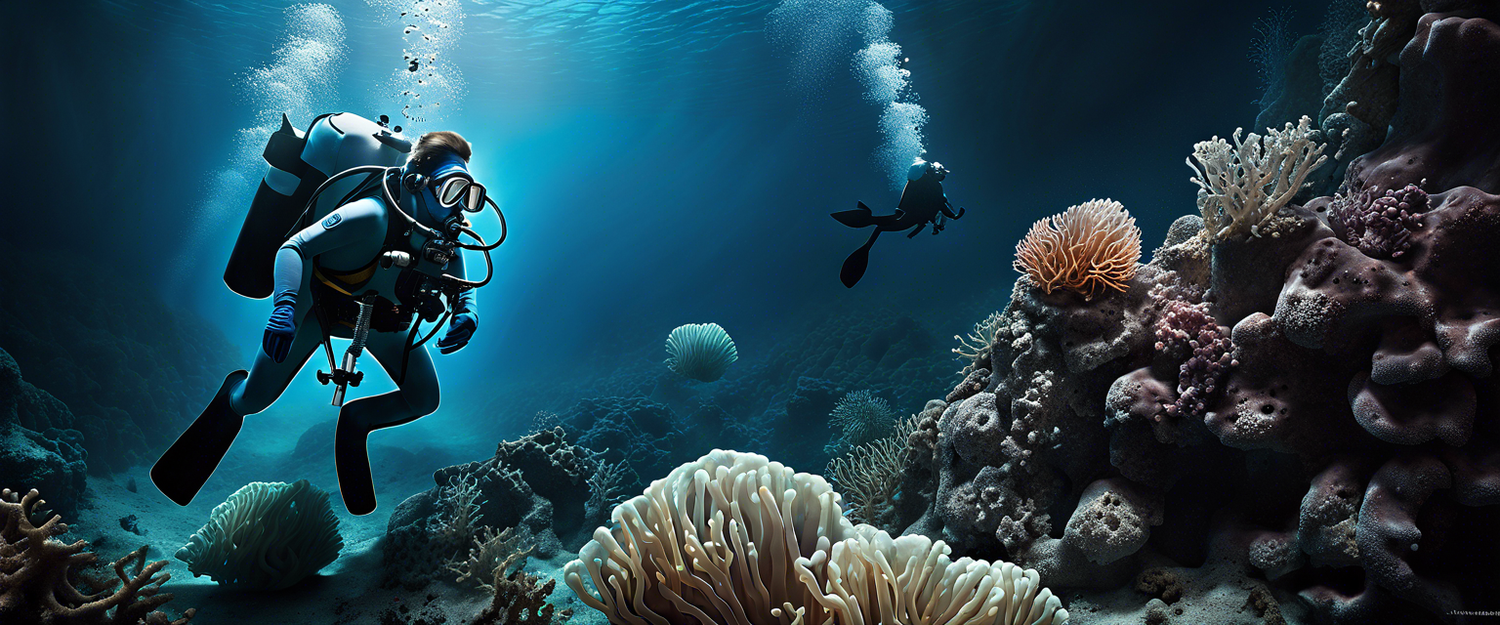The Discovery of Dark Oxygen in the Ocean's Abyss: A Game Changer for Deep-Sea Mining
The recent discovery of dark oxygen in the ocean’s abyss has sparked significant interest and heightened discussions surrounding the potential for deep-sea mining. As negotiations intensify within the International Seabed Authority (ISA), the balance between extracting vital battery materials and protecting delicate marine ecosystems hangs in the balance.
What is Dark Oxygen?
Dark oxygen refers to the presence of oxygen produced in the depths of the ocean, specifically at depths ranging from 3,000 to 6,500 meters (9,842 to 21,325 feet). Traditionally, it was understood that oxygen production was primarily a result of photosynthesis from sunlight-dependent organisms. However, recent research published in Nature Geoscience reveals that an entirely different process may be at work at the ocean’s floor.
The Implications of Dark Oxygen for Marine Life
This remarkable finding raises questions about the potential risks associated with deep-sea mining. Scientists are expressing concerns that mining activities could disrupt these newly discovered biological processes, endangering marine species and global ecosystems that rely on a delicate balance.
International Response and Mining Regulations
During the ISA meetings held in Kingston, Jamaica, stakeholders including scientists, advocates, and policymakers emphasized the need for strict regulations before any mining operations commence. Palau’s President Surangel Whipps Jr. highlighted the importance of these discussions, stating, "We are at a crossroads, and the decisions we make today will influence the health and productivity of our oceans for generations to come." Advocates are now calling for a moratorium on deep-sea mining until more research is conducted to fully understand the implications of these discoveries.
Understanding the Production of Dark Oxygen
The research team hypothesized that polymetallic nodules, often targeted for their high concentrations of nickel, copper, cobalt, iron, and manganese, might play a role in producing dark oxygen. These nodules are believed to generate enough of an electrical charge to facilitate electrolysis, ultimately splitting seawater and releasing oxygen.
Research Findings and Controversies
Despite the groundbreaking nature of this research, it has faced skepticism, especially from stakeholders involved in proposed mining operations. The Metals Company (TMC), planning its first-ever application for deep-sea mining, has voiced disagreements with the study’s methodology, putting their interests against the backdrop of scientific discoveries.
Current Status of Deep-Sea Mining Regulations
While support for a global ban or moratorium on deep-sea mining expands, the ISA has yet to finalize comprehensive regulations, despite having missed a significant deadline last year to establish rules. With 32 countries advocating for caution, the pressure continues to mount on the ISA to ensure that any future mining activities do not irreparably damage marine ecosystems.
Conclusion
The implications of discovering dark oxygen in the ocean are profound. As demands for battery materials increase due to the electric vehicle revolution, the inevitable clash between resource extraction and environmental protection looms closer. Striking a balance that prioritizes marine health while addressing human resource needs will be crucial as discussions continue in the wake of these discoveries.
Further Reading
- Research on Dark Oxygen - Nature Geoscience
- International Seabed Authority
- Greenpeace's Position on Deep-Sea Mining
Join the Discussion
What are your thoughts on deep-sea mining? Do you believe the potential benefits outweigh the ecological risks? Share your opinions in the comments below!



Zostaw komentarz
Wszystkie komentarze są moderowane przed opublikowaniem.
Ta strona jest chroniona przez hCaptcha i obowiązują na niej Polityka prywatności i Warunki korzystania z usługi serwisu hCaptcha.